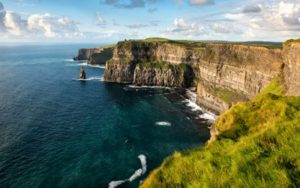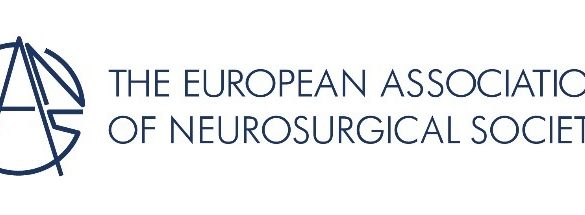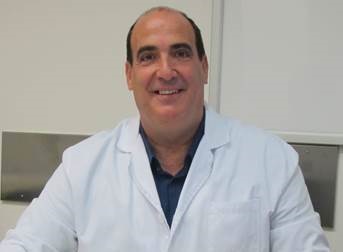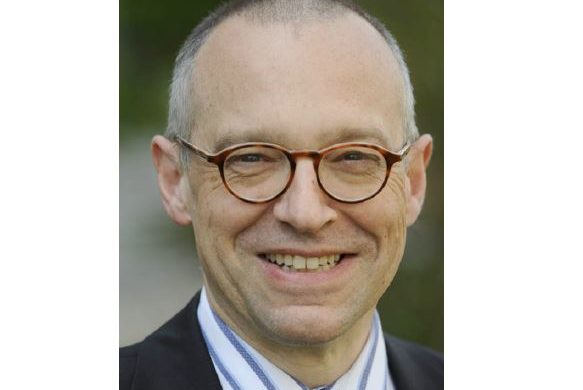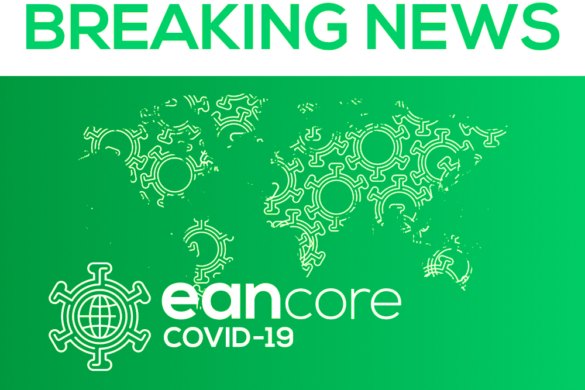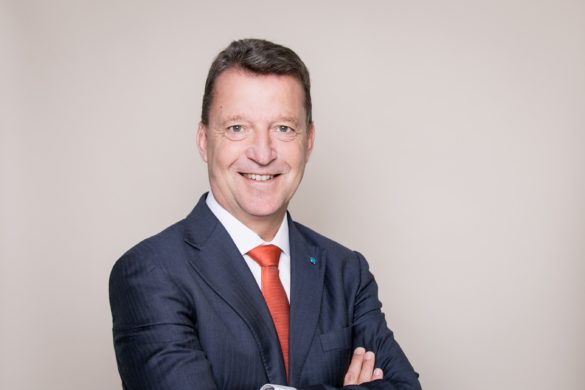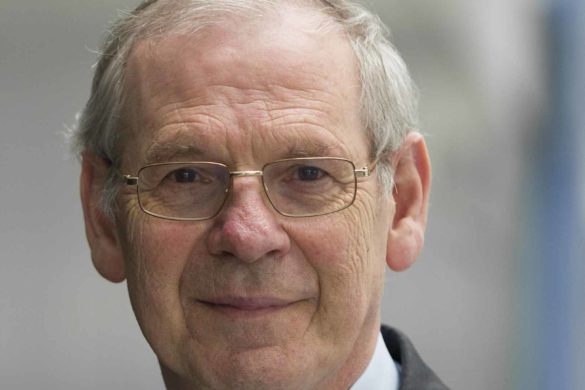Ireland – Hibernia (“land of winter” according to the Romans) – sits as the last outpost of North-Western Europe before the vast Atlantic Ocean that separates us from North America. Anyone who has visited the Cliffs of Moher (Figure) on the West Coast of Ireland will appreciate the precipitous point at which Europe ends. But despite its geographic location at the periphery of Europe, Ireland has played a central role in the historical and social fortunes of Europe. While Europe languished in the Dark Ages following the fall of the Roman Empire, Ireland experienced a “Golden Age” of monastic-based learning which the monks brought to Britain and continental Europe. Ireland was known as the island of saints and scholars. While much of the impetus for the monks’ endeavours was to spread Christianity, they brought with them scholarly methods, teaching, and a desire to write in the vernacular. Irish Gaelic is one of the oldest written vernacular languages in Western Europe, and visitors to Ireland can see ogham carvings in stone from AD 500. The high-point of these scholarly activities is best appreciated by visiting the Book of Kells, a beautiful illuminated manuscript housed in Trinity College Dublin. The extent of influence of these diaspora monks can be appreciated by looking at the number of monasteries in Europe founded by these monks or their apprentices.
Ironically, the man who started it all by bringing Christianity to Ireland, St Patrick, was not Irish. But there will be little chance of escaping the influence of Ireland’s patron saint on March 17th; iconic landmarks the world over will go green for St Patrick ’s Day, including the Sydney Opera House, Rome’s Colosseum, Niagara Falls, the Leaning Tower of Pisa and the Great Wall of China.
Ireland’s “Golden Age” of medical endeavour was perhaps a more modest achievement, taking place for the most part in the 1800s. The Royal College of Physicians (RCPI.ie) was founded in 1654 and was the nidus for the emergence of several eminent physicians including Dominic Corrigan (1802-80), he of the Corrigan pulse sign, William Stokes (1804-78) of Cheyne-Stokes respiration, and Stokes-Adams syncopal attacks (Robert Adams was also Irish), and the notable surgeon Robert Graves (1796-1853) who described the eponymous thyroid disorder. A contemporary of these men was Robert Todd (1809-60), known to neurologists for his observations of epileptic phenomena – Todd’s paresis. He was also popular in the day among patients for whom he prescribed a concoction of brandy, cinnamon and syrup, allegedly the origin of the hot toddy, an essential antidote to living in the Hibernian Winter!
There are seven medical schools in Ireland, six in the Republic of Ireland and one in Belfast, Northern Ireland. The oldest medical school is Trinity College Dublin, founded in 1711, closely followed by the Royal College of Surgeons in Ireland founded in 1784. The youngest school is the University of Limerick (2007). There are currently approximately 50 neurologists in the Republic of Ireland, serving a population of nearly 5 million; this equates to approximately one neurologist per 100,000 population, one of lowest ratios in Europe. Training in Neurology in the Republic of Ireland is coordinated by the National Specialist Training Scheme under the auspices of the RCPI. Entry to the scheme requires completion of at least 2 years basic specialty training in General Internal Medicine, culminating in passing an examination towards membership of the RCPI, or equivalent examination. The Neurology Specialist Training programme is a five-year scheme, of which one year is dedicated to research, and candidates are encouraged to enrol into an MD or PhD research programme. Neurology training in Northern Ireland is coordinated by the Northern Ireland Medical and Dentistry Training Agency. Academic neuroscience in Ireland is coordinated by the Irish Institute of Clinical Neurosciences (IICN.ie.). The IICN supports both educational and research initiatives by organizing neuroscience meetings through which researchers and trainees can present their research. The Irish Neurological Association rotates its annual meeting throughout the whole island of Ireland, with the 2020 meeting to take place in Dublin from May 7-8 https://www.iicn.ie/meetings/56th_annual_irish_neurological_association_meeting.468.2199.html
Other major upcoming conferences in Ireland include the following:
- The International Dystonia Symposium at Croke Park Convention Centre, Dublin on June 6-8 https://www.iicn.ie/meetings/internatonal_dystonia_symposium.470.2151.html
- The 13th annual Movement Disorder Society (MDS) European Section School for Young Neurologists, 19-21 June, Mater University Hospital, Dublin.
https://www.iicn.ie/education/mds_es_summer_school_for_young_neurologists.488.2233.html
- See also other dates of note and events in the Irish neuroscience calendar at the link to follow https://www.iicn.ie/meetings/calendar_2020.466.2166.html
For those who like to combine scholarship with culture, Galway, situated in the West of Ireland along the Wild Atlantic Way, is European Capital of Culture 2020 (link). The city, visited by Christopher Columbus in 1477, will play host to a variety of festivals throughout the year. Galway, like Ireland, may be on the geographical edge, but, they both sit at the centre of a vibrant social and academic network.

